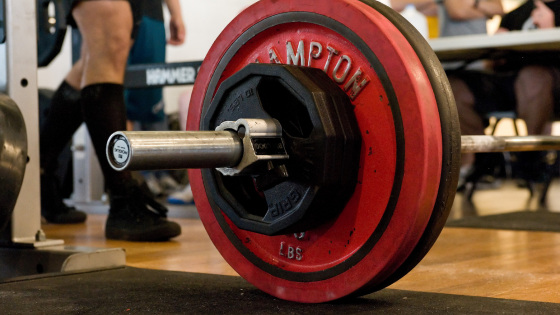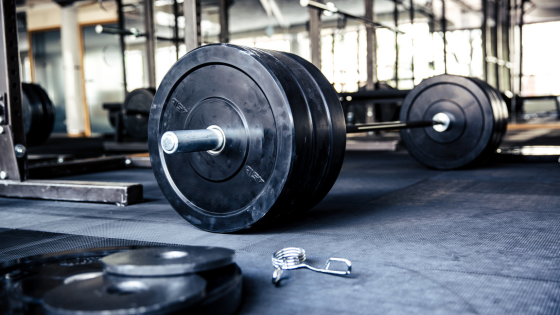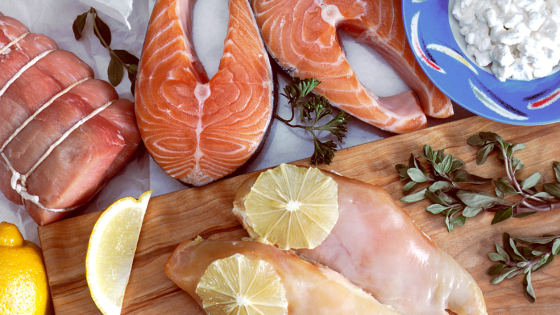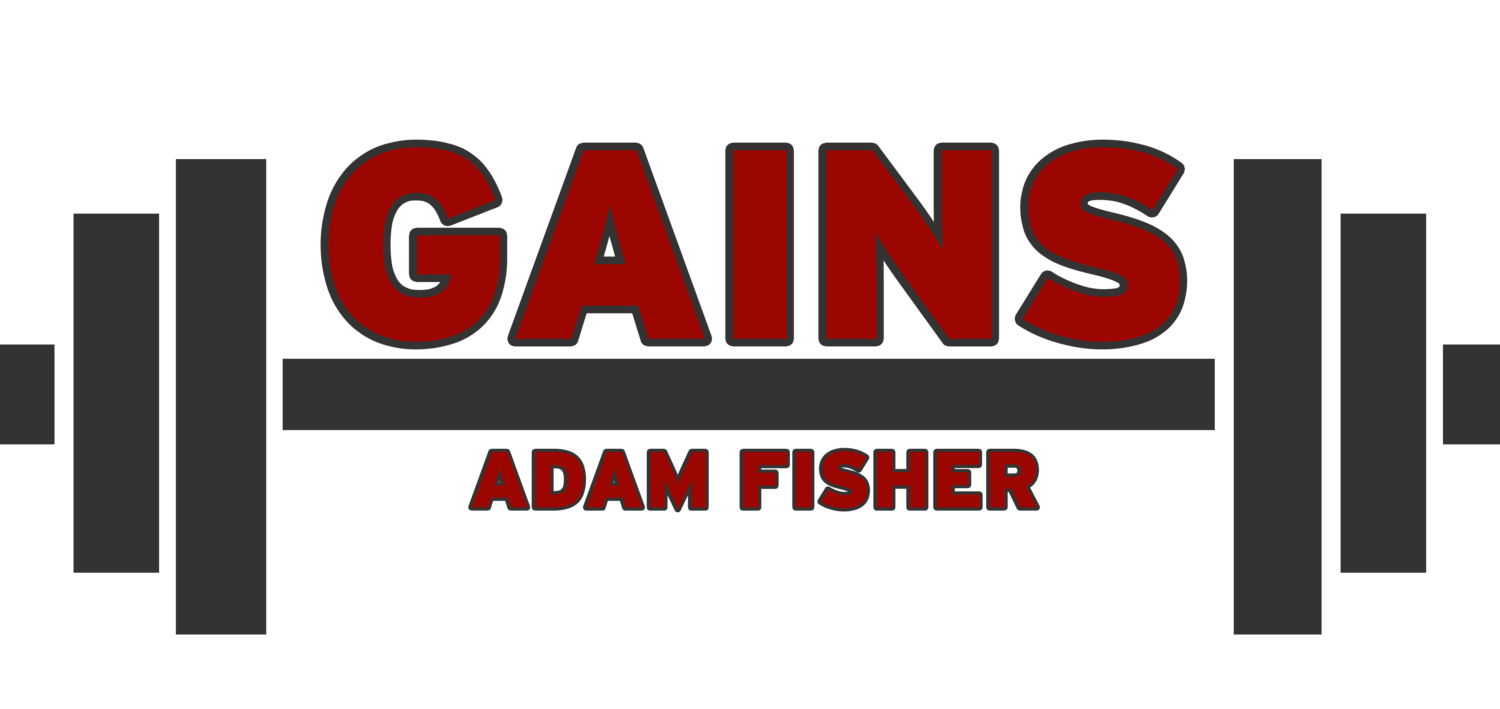

Anti-Fatness in Fitness
Anti-fatness and the focus on weight loss does not need to be part of exercise, despite its prevalence in the [toxic] Fitness Industry. Anti-fatness encourages dangerous practices and behaviors for people, especially when they are supported by anti-fat fitness professionals. When you take away weight loss as a goal, exercise can focus on mobility/functionality, stamina, and strength, which improve quality of life. These can be practiced at any size, age, or ability.

The Only Strength Program That Ever Worked
I spent a decade of training that progressed a lot slower than it could have, because it turns out that one of the first strength programs I ever tried is (still) the best program I’ve ever used. I spent a long time trying out every strength training program under the sun, only to come back to this because it kept working. Here’s what sets this program apart from the rest, and why it works so well.

Advanced Methods For Making Infinite Gains
Most exercisers struggle to progress in the long run because they select exercise progressions which are too fast, and don’t have the right understanding of how to slow down progressions as gains slow down naturally over time. Linear periodization commonly falls into this group, and is how a lot of exercisers burn out early. In the long run, any progression can be sustainable, so long as you DO slow down the progression over time. In this post, I go over 3 advanced methods I use with my own workouts and with my clients to ensure that gains can progress indefinitely with minimal issue - adding volume, adding training sessions, and splitting volume up into more exercises.

Why Strength Fluctuates
Strength fluxuations are a natural part of training and aren’t necessarily a sign that you’re not getting stronger or something is wrong with your training program. As long as there remains an upward trend over time, you’re good! Stress, sleep schedule, recovery time, and how much you’re eating can all effect how strong - or not - you are on any given day. Disrupted training, like going on vacation or being sick, can also cause a dip in strength, but these setbacks are usually minor and getting back to your pre-break levels happens relatively quickly. The changes in strength can often be small numbers, too small to be noticed when the minimum weight you add is at least 5 pounds. The use of smaller fractional plates help make the flucuations in strength more clear.

Strategies For Incorporating More Protein Into Your Diet
Most people aren’t eating enough protein, which can stall or compromise the gains they’re working toward. Optimal protein sources will have at least 1/3 of their calories coming from protein, but ideally it should be much higher than the amount of other fats and carbs in the food. Keeping a variety of protein rich foods that don’t require prep (like protein powders, meat jerkies, or high protein yogurt) or minimal prep (like frozen fish, ground meat, or tofu) also helps from getting bored or not having enough time to eat enough protein.
